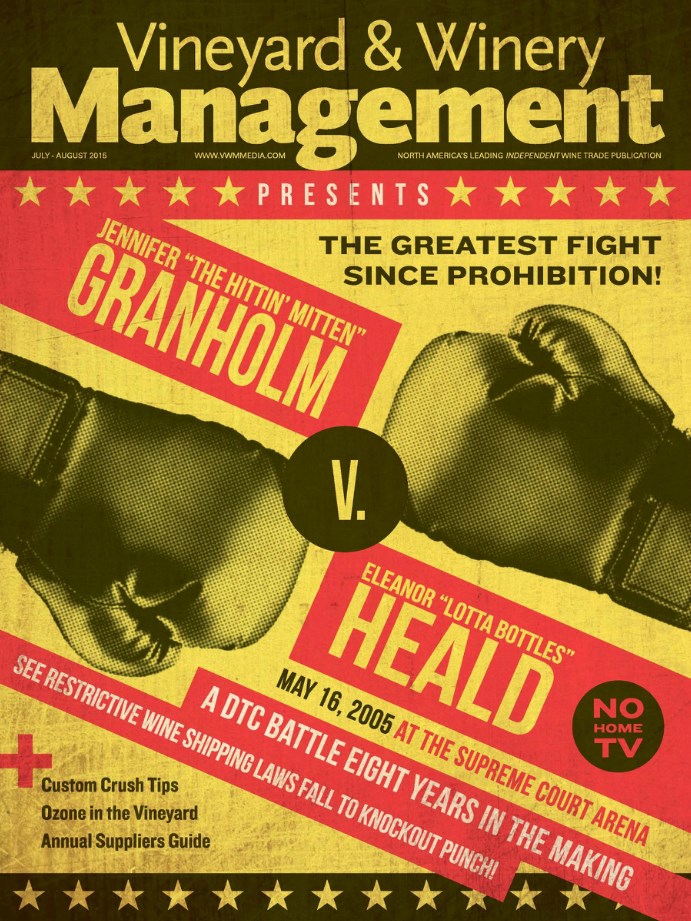Overview of U.S Regulations
Ozone is Generally Recognized as Safe (GRAS) in the USA for disinfection of bottled water and as a sanitizer for process trains in bottling plants (FDA 1995). In 1997, Ozone was affirmed as having GRAS status for direct contact with foods by an independent panel of experts, sponsored by the Electrical Power Research Institute (EPRI) (Graham et al. 1997). The FDA released a final ruling in June 2001, in response to an EPRI food additive petition, amending previous food additive regulations and granting regulatory approval of Ozone as an Antimicrobial Agent for direct contact with foods (FDA 2001). The amendment to the FDA’s food additive regulations (Title 21 of the Code of Federal Regulations, part 173) allows the use of Ozone when used as a gas or dissolved in water as an Antimicrobial Agent for Food. This federal ruling cleared the way for the potential use of Ozone. In the US food processing industry (Hampson 2001), Ozone is also approved in the US for use on all meat and poultry products by the US Department of Agriculture (USDA FSIS 2001).
Enforcement of the Federal Insecticide, Fungicide, and Rodenticide Act (FIFRA) is under the administrative jurisdiction of the US Environmental Protection Agency (EPA). The provisions of the FIFRA are written to regulate the use of chemicals that are applied as insecticides, fungicides and/or rodenticides. Under the FIFRA, chemicals are defined as materials that are manufactured, packaged, transported, stored and applied. Because of the characteristics of Ozone (an unstable gas that must be generated and used on site as it is needed), it cannot be packaged, stored or shipped from a manufacturing point miles away from its point of use. Therefore, neither Ozone nor Ultraviolet (UV) radiation can be regulated as a chemical under the FIFRA.
OZONE IS NOT A PESTICIDE, BUT A REGULATORY APPROVED ANTIMICROBIAL AGENT




